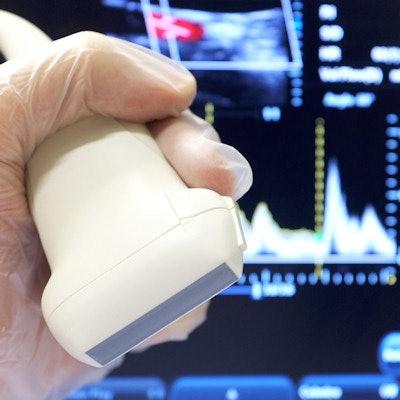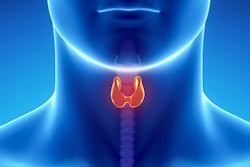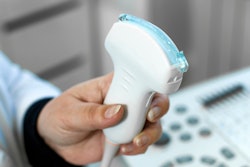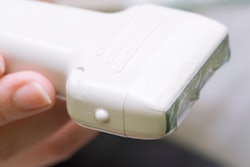
A new method of creating ultrasound images using only a piezoelectric crystal and an organic light-emitting diode (OLED) could result in cheaper scanners, according to researchers from North Carolina State University.
Traditional ultrasound systems convert ultrasonic sound waves into electrical signals that are processed by computers and turned into images. But with the new device, an ultrasonic wave hits the crystal, which produces an electrical current that causes the OLED screen to light up and produce an image.
"We've created a device that effectively eliminates the electrical signal processing altogether," stated study co-corresponding author Xiaoning Jiang, a distinguished professor of mechanical and aerospace engineering at North Carolina State, in a press release.
The prototype is only a proof-of-concept, measuring 10 x 10 pixels with poor resolution. At least one of the team members is confident in his ability to boost both the prototype's screen size and resolution. If he can do so, the team may be able to manufacture an ultrasound system for a fraction of the cost of current models.
"This is really a completely new field for ultrasound, so we're only beginning to explore the potential applications," Jiang stated. "However, there are obvious near-term applications, such as nondestructive testing, evaluation, and inspections in the context of structural health monitoring."



















